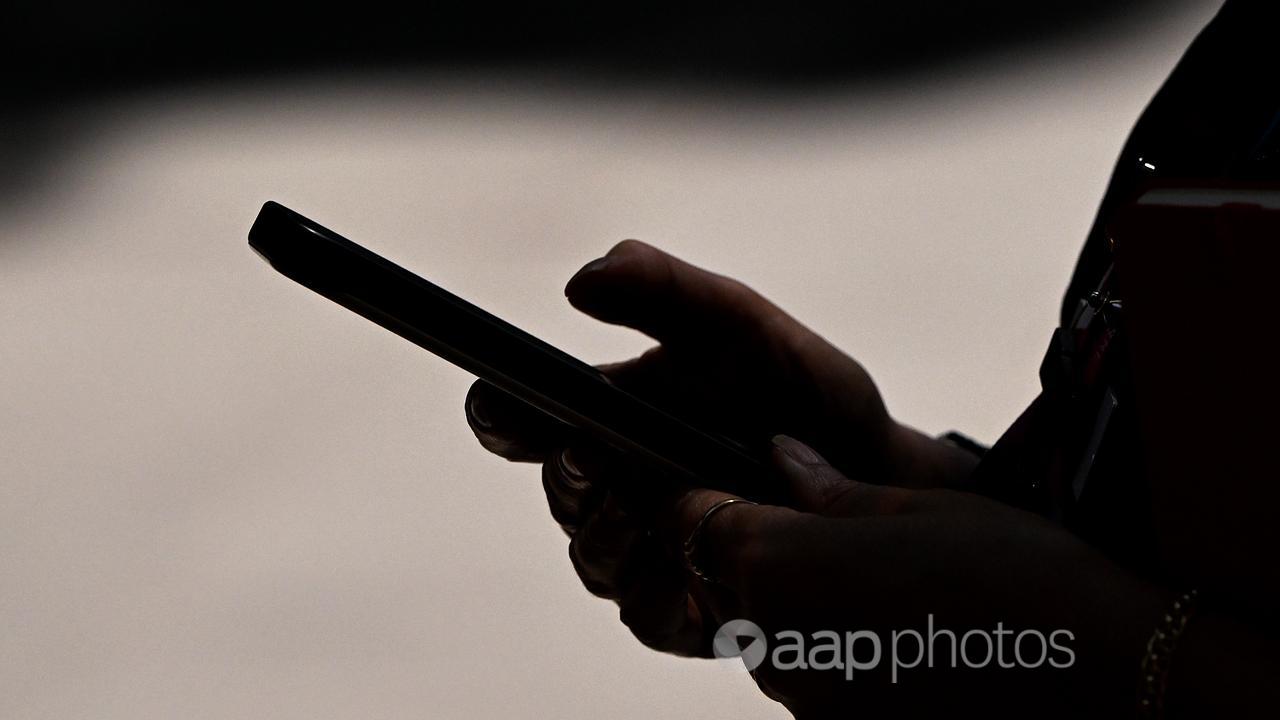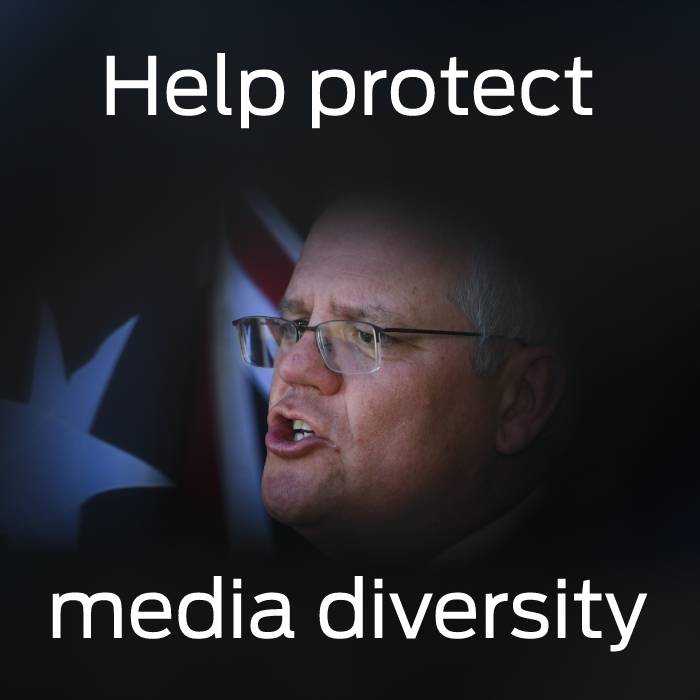Australians attempting to access pornographic websites and certain online games will be subject to age tests under online safety proposals that could come into effect in 2025.
The Draft Online Safety Codes, designed to protect children from explicit material, could mean messaging services automatically detect and blur nude images and dating services expressly prohibit sexual extortion attempts.
Five organisations representing industries such as social media and search engines revealed the safety measures on Tuesday and will seek public feedback before submitting them to the eSafety Commissioner.
But it remained unclear how age-assurance technology would work in Australia, with the federal government yet to reveal results from its $6.5 million technology trial.

The safety proposals come four months after the eSafety Commissioner issued notices to digital firms to under the Online Safety Act, directing the companies to protect children from Class 1C and Class 2 material.
That content includes pornography, simulated gambling in computer games and “high-impact material” depicting nudity, violence, drug use, crime, suicide, racism or family breakdowns that would otherwise receive an R18+, X18+ or RC classification.
Tools to let users block pornographic images sent to them would be required under the codes, as well as ways to report breaches, and terms and conditions to prohibit sexual extortion, grooming and non-consensual intimate image sharing.
Australians would be forced to use age-assurance technology to access “high-impact pornography” under the measures and to play games that featured “simulated gambling material”.
But what that age-assurance technology would look like would depend on the outcome of the government’s technology test, Digital Industry Group regulatory affairs policy director Jennifer Duxbury said.
“We don’t know exactly when that is going to finish but we were told that we should take into account the results of that trial, or that the trial would inform how the measures would be implemented,” Dr Duxbury told AAP.
“What we decided to do was to leave the door open a little bit as to how providers would go about implementing the age-assurance requirements.”

The government issued a tender for its age-assurance technology trial in September and will seek to evaluate how effective current technology is at estimating an internet user’s age and whether they are over 18 years, or between 13 and 16 years of age.
The five groups behind the Draft Online Safety Codes, including the Communications Alliance and Australian Mobile Telecommunications Association, will seek feedback from the public on the proposed changes until November 22.
The final codes will be delivered to the eSafety Commission in December and, if implemented in their current form, Dr Duxbury said, could make a significant difference to what children see on the internet.
“The (measures) will really improve the current situation because they apply to everyone – it’s not just providers that choose to implement measures to protect children, everyone is subject to these codes,” she said.
“eSafety has very strong powers of enforcement, they’re very well resourced as a regulator so I think it will make a difference.”
Lifeline 13 11 14
beyondblue 1300 22 4636




















